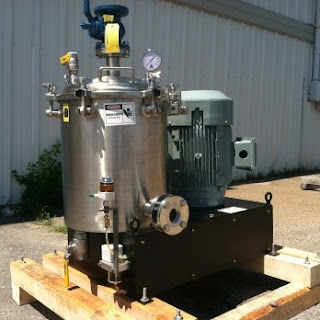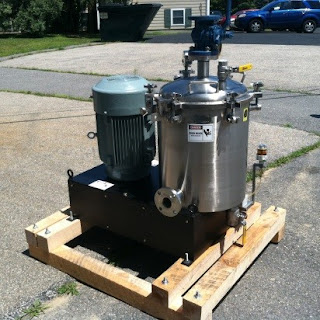These continuous flow mills are a part of 18 mills that are being shipped to the waste water industry this quarter. Here at KADY International, we custom design our mills in order to fit our customers’ needs and specifications. For example these are 40 horsepower mills that will service flow rates in the 10-40 gallon per minute range. We are able to manufacture continuous flow mills with flow rates from 3 gallons per minute to 500 gallons per minute, all depending on your application.
We are proud to be a company that listens to our customers and understands their applications in order to provide them with the best possible products from continuous flow mills to our line of refurbished mills. You know that you can count on the experts at KADY to provide you with the best possible solution at a competitive price.
We are proud to be a company that listens to our customers and understands their applications in order to provide them with the best possible products from continuous flow mills to our line of refurbished mills. You know that you can count on the experts at KADY to provide you with the best possible solution at a competitive price.


 These past several years we have been focused on designing and manufacturering high quality mills for one of the largest water and wastewater companies in the world. This project will put approximately 30 of our mills into the waste water industry this year and opens the door for more in the future.
These past several years we have been focused on designing and manufacturering high quality mills for one of the largest water and wastewater companies in the world. This project will put approximately 30 of our mills into the waste water industry this year and opens the door for more in the future. We are proud to say that this type of continuous flow mill can be used in a number of different industries such as the paint, ink, paper, chemical, mining, minerals, and many more industries. We have been in the business for almost 70 years and with each new project we get more and more excited for the industries we are serving and the ways our clients are using all of our products from our continues flow mills to our top and bottom entry batch mills.
We are proud to say that this type of continuous flow mill can be used in a number of different industries such as the paint, ink, paper, chemical, mining, minerals, and many more industries. We have been in the business for almost 70 years and with each new project we get more and more excited for the industries we are serving and the ways our clients are using all of our products from our continues flow mills to our top and bottom entry batch mills.

